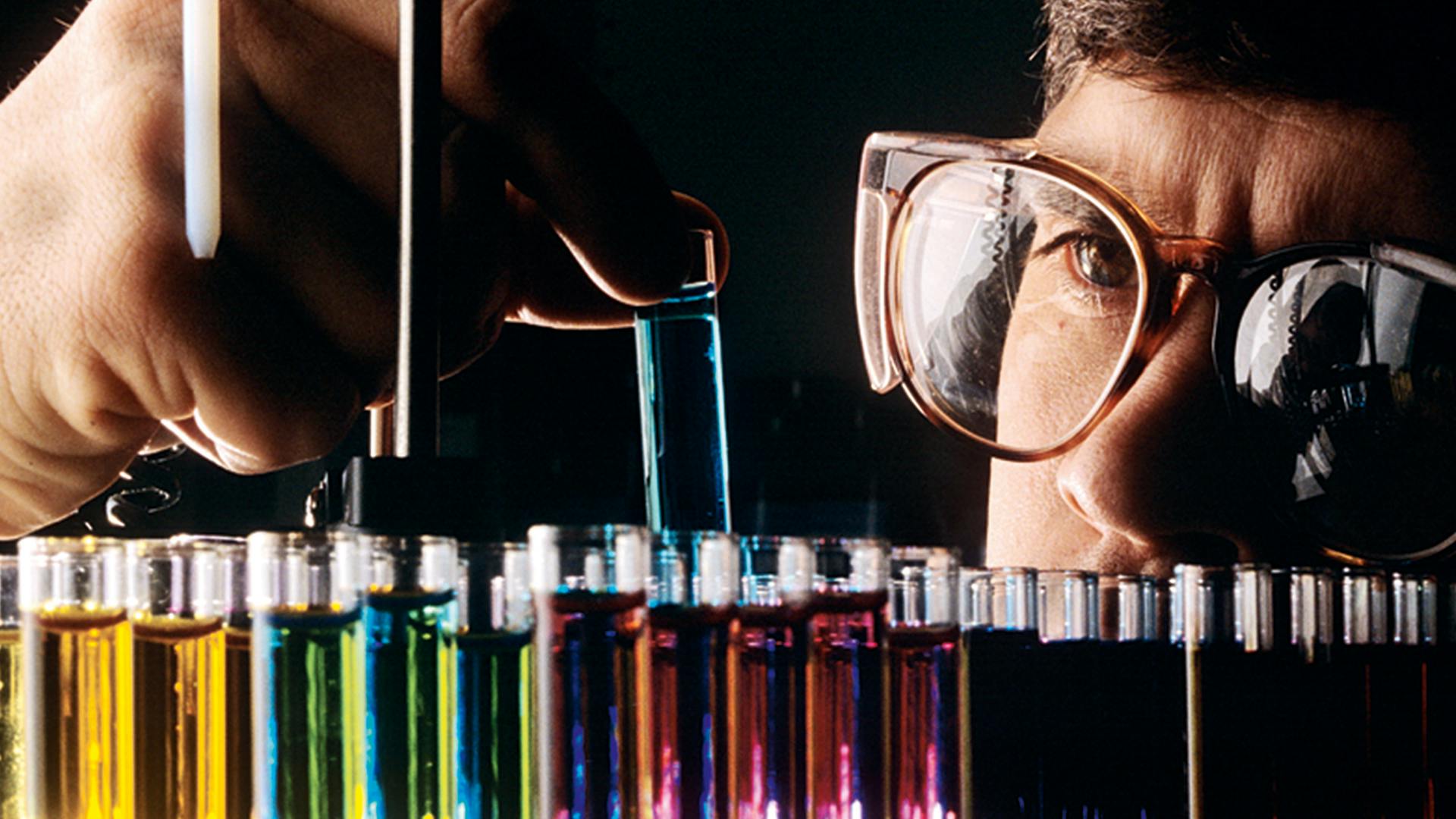
Sunset over a Google data center in Belgium.
Published on 02/03/2021
First, a disclaimer: The future is uncertain – more uncertain than it has ever been. Making prognoses is a risky venture. Between now and 2036, many things will happen that we never saw coming. Nevertheless, I daresay that health is one of the aspects of human life that will have fundamentally changed by then. Alongside the next digital revolution and profound demographic changes, healthcare has the potential to disrupt our future. By this I mean that it is an aspect of life that would be unrecognizable to us if we fast-forwarded to the year 2036.
Transhumanists – heralds of a new era of human health
Ray Kurzweil, Google’s current director of engineering, is a tech visionary. In his much-quoted book The Age of Spiritual Machines, Kurzweil describes a world in which intelligent machines give rise to even more intelligent machines, a moment which Kurzweil defines as singularity. Less well-known is the fact that Kurzweil ingests 150 to 200 dietary supplement tablets every day, hoping that by doing so he will be able to carry on living until technology allows us to digitize human intelligence. Kurzweil advocates transhumanism. Transhumanists want to take evolution into their own hands, as it were, with the aim of enhancing their human capacities through implants, pharmacology, genetic engineering and brain stimulation. Fatal diseases will be a thing of the past. Even if death can’t be overcome, transhumanists believe that human consciousness should live on in the digital world.
Given their eccentric views, it is easy to dismiss transhumanists as crazy. On the other hand, it is now possible to replace nearly half of the human body with robotic parts. There is even such a thing as artificial blood, as featured in the Smithsonian Channel documentary The Incredible Bionic Man, which showed prosthetic parts being combined to create a functioning artificial body. It is only a matter of time before some man-made body parts become more effective than their natural equivalents. Future generations will then have to wrestle with conundrums such as, “Should I replace a natural organ that functions perfectly well with an artificial organ that functions even better?”, and “Should I do so in a pre-emptive manner or wait until the original organ actually begins to malfunction?” It is a scenario that may still seem absurd to some, but I would suggest that Kurzweil and his ilk are articulating the early signs of a paradigm shift with regard to health.
Enhancing human performance
The way in which society views health is changing constantly. In the past, being healthy simply meant not being ill. This healthcare paradigm could be described as “repair medicine,” since all efforts were directed towards rectifying ailments when they arose. Once the disease was treated, life would move on and the issue of health would disappear. This paradigm has become outdated over the past few decades. Nowadays it is no longer enough to be free of illness. Increasingly the focus is on how we can actively improve our health. Those who veer from the health-conscious route of practicing sport, eating healthily or having regular preventive check-ups are under pressure to justify themselves. The same applies to the corporate world: Health at work is no longer simply a matter of increasing workplace safety. Today, companies are also expected to proactively promote employee health. Many industries besides the pharmaceutical sector are catering to the emergence of a new “health culture.” The food business and, of course, the fitness and spa industry are also embracing and strengthening this trend.
So much for the present. As far as the next 15 years are concerned, the emphasis will shift towards enhancing human performance. Numerous early clues suggest that health will revolve around the issue of how we can improve our physical, psychological and intellectual capabilities. The increasing use of mobile apps to measure our performance is one such precursor of this trend. Wristbands, T-shirts, “smart” patches, subcutaneous microchips and other gadgets equipped with sensors now count the number of steps we walk and measure our stress, blood pressure and blood sugar levels. Algorithms analyze the data via smartphone and translate them into real-time information about the user’s current state of health. Athletes and high-risk patients – as well as die-hard technology geeks – are among the early adaptors. In the near future, such apps will also be used by healthy people who wish to improve their performance.
In my view another early signal is that young people are prepared to enhance their performance by consuming energy drinks, drugs or medication. Society frowns upon athletes who dope, but sexual and psychological doping now enjoy widespread acceptance. Brain doping is becoming ever more popular: According to a study by the universities of Zurich and Basel, one in seven students has ingested neuro-enhancers in order to perform better in exams. There is not enough space in this article to list every single harbinger to support my hypothesis, but one final point worth mentioning is that Assisted Reproduction Treatments (ART) doubled in Switzerland between 2002 and 2014. While mostly couples with infertility problems use ART, there is also increasing demand for this technology to bypass the biological clock. Children by all means, but not at the expense of our careers!











